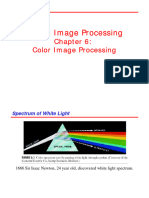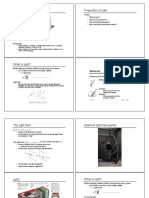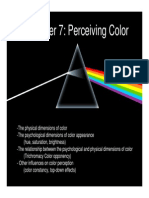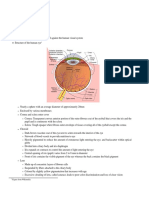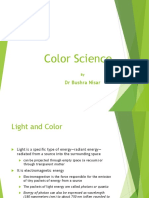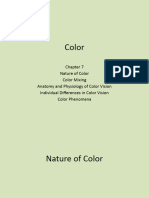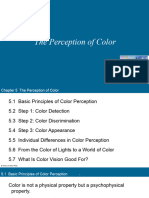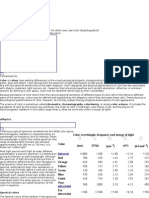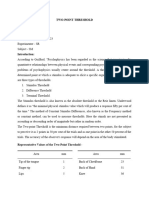0% found this document useful (0 votes)
11 views82 pagesFundamentals of Image Processing
The document outlines the fundamentals of image processing, covering topics such as image types, color perception, and the physics of light. It discusses the digital representation of images, color mixing, and the human visual system's interaction with light. Key concepts include color spaces, the role of photoreceptors in the eye, and the perception of brightness and color constancy.
Uploaded by
vehiri3156Copyright
© © All Rights Reserved
We take content rights seriously. If you suspect this is your content, claim it here.
Available Formats
Download as PDF, TXT or read online on Scribd
0% found this document useful (0 votes)
11 views82 pagesFundamentals of Image Processing
The document outlines the fundamentals of image processing, covering topics such as image types, color perception, and the physics of light. It discusses the digital representation of images, color mixing, and the human visual system's interaction with light. Key concepts include color spaces, the role of photoreceptors in the eye, and the perception of brightness and color constancy.
Uploaded by
vehiri3156Copyright
© © All Rights Reserved
We take content rights seriously. If you suspect this is your content, claim it here.
Available Formats
Download as PDF, TXT or read online on Scribd
/ 82





